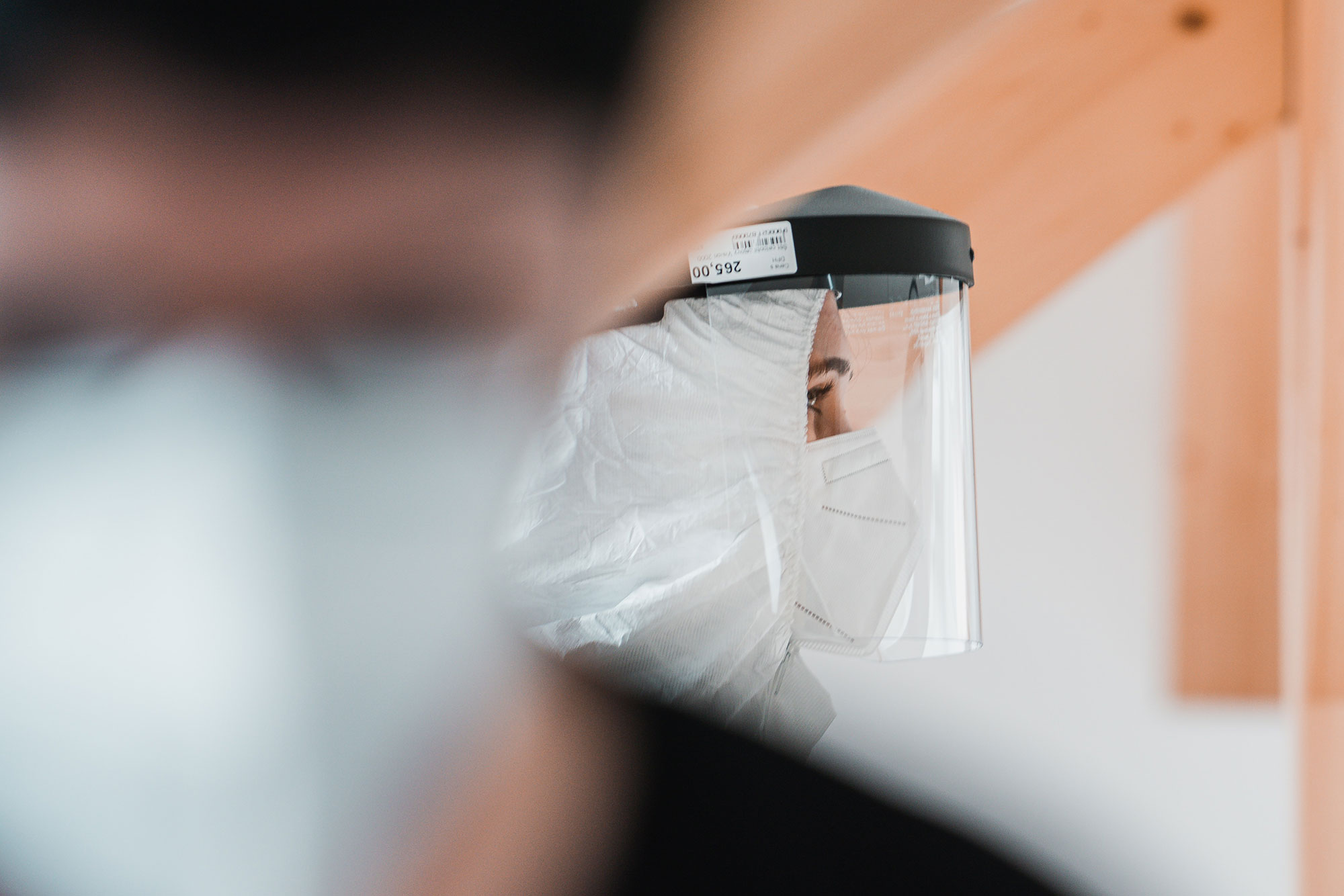If you think VR’s just for gamers, think again. Virtual reality’s become an innovative tool for an increasing number of architectural, engineering and construction companies, and allows for detailed inspection and testing of processes to ensure workers and operations are performing at their best. We take a closer look at virtual reality technology and how it can be applied to streamline testing, simplify inspections, and reduce overall expenses and time costs for your business or company.
Testing and inspection are crucial within many industries, particularly construction and mining. Traditionally, these processes have proven difficult to organise due to the time they take to carry out and the disruption they cause to workflow and processes. They also often require multiple resources to carry out an inspection, usually over multiple days, and as these inspections and testing processes are manual there is a potential for error. And that’s not to mention documentation, which also takes a lot of time to complete. No doubt you can gather why some companies are reluctant to arrange inspections and testing.
Virtual reality simplifies the testing and inspection that needs to be done during construction and maintenance. Inspectors can compare a physical site with a virtual model, perform efficient measurements, provide feedback and document their findings all in real-time. They don’t even need to be on-site – VR allows for remote accessibility, so an inspector or tester can easily walk through the site or asset wherever they are in the world. This isn’t just helpful if the inspector can’t make it to the facility, it’s also useful if the inspection process will be particularly risky or if there are a lot of hazards on site.
Naturally, companies that have embraced VR resources have seen a considerable reduction in the time spent on testing and inspection. This means that their workflow and procedures aren’t held up significantly by the need to test and inspect. With performance and output a priority for many industries, VR has great advantages in reducing the time needed to carry out these in-depth yet crucial procedures.
Additionally, metaverse testing and inspection help cut costs. Traditional inspections often involve organising travel and engaging an inspector or trainer – and with these processes often taking multiple days, the cost isn’t always cheap. With VR testing, these costs are greatly reduced as inspectors don’t need to be on-site to carry out their work, and they can perform typically lengthy inspection processes, such as documentation and reporting, all in real time. Companies that have engaged VR for their inspection and testing procedures have seen great benefits in overall safety, productivity and performance. If you’re interested in employing VR as part of your process testing and inspection procedures, get in touch with our team at 3D Walkabout to discuss how our VR services can be tailored to meet your unique needs and requirements. We’ll help you develop a strategy and implement technology that will truly encourage your business to perform at its best.
Summary: How VR Streamlines Testing and Inspection in Industries
Virtual Reality (VR) technology is being increasingly adopted by architectural, engineering, and construction companies as an innovative tool for detailed inspection and testing of processes.
Traditional testing and inspection methods in industries like construction and mining are often time-consuming, disruptive to workflow, and prone to errors, making them challenging to organize.
VR simplifies testing and inspection by allowing inspectors to compare physical sites with virtual models, efficiently measure, provide feedback, and document findings in real-time, even remotely.
Companies embracing VR have significantly reduced the time spent on testing and inspection, ensuring workflow and procedures aren’t disrupted.
VR testing and inspection help cut costs by eliminating the need for on-site inspectors, resulting in improved overall safety, productivity, and performance across various industries.
FAQs
What is VR in crude oil?
VR in crude oil refers to the use of virtual and augmented reality to simulate the rig, whether offshore or on land. Its use allows workers to train remotely, minimising risk to themselves and other workers. It also enables accurate modelling of equipment to allow for detailed instructions for operation, maintenance, or repair.
How is virtual augmented reality used in the oil and gas industry?
Virtual augmented reality is used to improve safety, enhance training, improve working practices, and improve communication with customers. It can be adapted to allow simulation of real-life rigs without the expense of travel and gives technicians a way to monitor, repair and rework equipment with minimal risk to their safety.
How is virtual augmented reality used in the oil & gas industry?
Whilst VR is a fully immersive digital experience, AR augments digital elements onto your surroundings, typically via the Metaverse using the camera on a phone or tablet. The oil and gas industry utilises AR to visualise and test planned changes to equipment, as well as oversee on-site work without being physically present. AR is also invaluable for providing detailed training to new employees, without the costs involved with transporting them to the site.
How can VR improve safety training in oil & gas?
Employees within the oil and gas industries are often expected to frequent hazardous sites as part of their roles, such as an oil refinery or rig. VR allows employees to complete safety training off-site, ensuring they are equipped with an in-depth knowledge of safe procedures, without the need to visit the site itself. As a result, employees will be fully equipped to deal with future hazards without necessarily putting themselves in the danger zone.
What is VR in crude oil?
VR in crude oil refers to the use of virtual and augmented reality to simulate the rig, whether offshore or on land. Its use allows workers to train remotely, minimising risk to themselves and other workers. It also enables accurate modelling of equipment to allow for detailed instructions for operation, maintenance, or repair.


